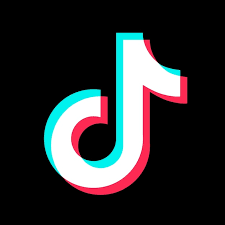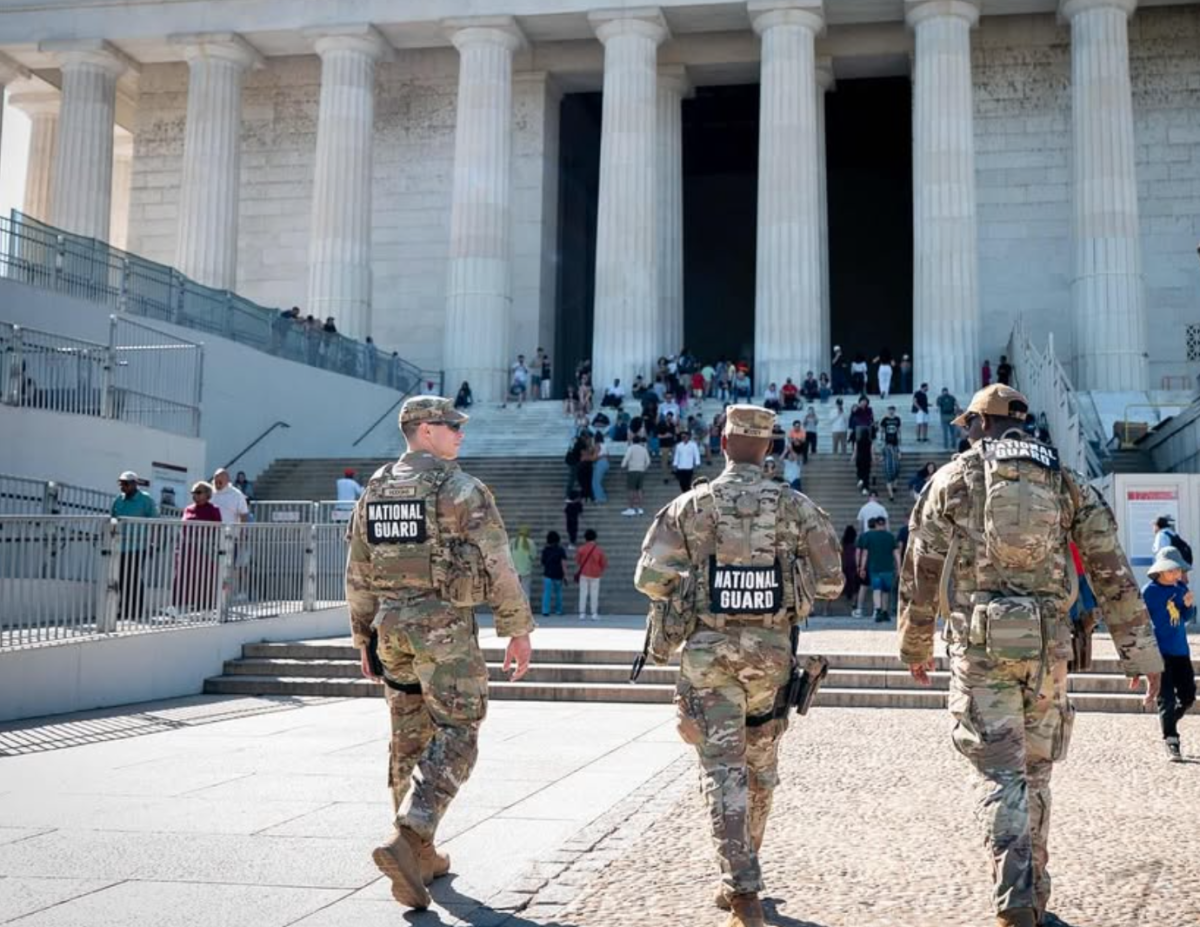
If you ask any communications professor at Fordham, they’ll tell you they’re done talking about TikTok, and sometimes, I feel like I am too — in classic DTEM major and Assistant Copy Chief style, I’m pretty sure I’ve written a couple articles for the Ram about TikTok already. I can feel the beginnings of a collective eye roll already; I’ve seen it enough times in my communications classes whenever yet another student brings up TikTok during a discussion to know. But regardless, I genuinely believe that we haven’t even hit the tip of the iceberg when it comes to understanding the magnitude of TikTok’s influence. If you’ve taken a communications class before, you’ll often hear students offer up concerned opinions about shortened attention spans, endless doom scrolling over terrible social injustices and the worrying state of the U.S. political climate and just generally the constant overconsumption of online media. These are all valid and interesting points, but instead of thinking about larger media effects on people, I’m more focused on the way TikTok has irreparably changed digital cultures and humor. Because somehow, in an era where millions of people are at my fingertips, I feel more disconnected from everyone else than I have in my entire life.
I’m struggling to understand why this is — but I’m pretty sure that it has something to do with TikTok’s rapid trend cycle and hyper-nichification.
Let’s go back to the mid-to-late 2000s and early 2010s. As college students now, we were a little too young for the release of YouTube, Twitter and Tumblr, but we were definitely around when Instagram and Snapchat launched, and I remember those days with extreme clarity. The internet has always had a multitude of pop culture niches, but back then, I feel like I was at least partially aware of a great deal of them, and they seemed much broader than they do now. I’ll refrain from listing everything I remember or was involved in at the risk of losing half of you and branding myself as a chronically online loser who watched too much YouTube. But if you asked me or other people my age, I feel like we could easily name the most prominent pop culture aesthetics of the time: the 2012-2016 Tumblr discourses about fandoms, identity politics, the Arctic-Monkeys-esque fake grunge versus the Victoria’s Secret Pink Starbucks Secret Menu Unicorn Frappe; the 2014-2017 YouTube era with beauty gurus and Tyler Oakley-style influencers; the unforgettable death of Vine in 2016-2017 and how that completely defined online humor for the year.
I guess my point is that somehow, these niches felt larger and more accessible to everyone back then — now, I feel like TikTok has created such hyper-individualized niches which are just so perfectly catered “For You” that it feels impossible for me to define what the dominant cultural shared themes are. If you asked me how I would define 2020 onwards, I honestly wouldn’t know what I’d say. Everyone and everything just feels so separated.
This cultural shift has a lot to do with humor, too. Remember when meme accounts on Instagram had yearly meme calendars? We actually had a recurring joke that was used so consistently by enough people and for a long enough amount of time that people would define it as the meme of the month. To me, there is no 2023 equivalent of this kind of shared cultural humor. Obviously today we still have common jokes — tell me in the comments online what your “Roman Empire” is and what you had for your “girl dinner” last night. But you have to be really deep into TikTok, really deep into some niche, dictated by TikTok’s algorithm that has somehow given you the opportunity to stumble across those particular sounds to let you “in” on the joke. There’s a strange inaccessibility to humor now that wasn’t present before. And these barriers are furthered because of how trend cycles on TikTok go away almost as quickly as they arrive. Because of how segmented and perfectly curated these niches are, you have to be deeply mired in various, uber-specific parts of TikTok to truly understand what a lot of people are talking about, especially considering that these jokes are ridiculously self-referential and intertextual, and even then, the joke becomes obsolete and forgettable in two months’ time. I couldn’t tell you what came before “girl dinner,” but I can name multiple months of the 2016 meme calendar with great ease: remember Harambe? Scared Spongebob? The confused guy with question marks? (In the least normie and most post-ironic way possible, that guy is how I feel while talking about this.)
It’s also necessary to consider how greater cultural contexts interact with these trends. I’m sure things change when you consider how these cultural niches have interacted with gender and race, and I also think that the COVID-19 pandemic occurring simultaneously with the rise of TikTok has something to do with it too. Obviously I don’t have all the answers — by no means am I saying this is all-encompassing; it’s merely my first seriously confused attempt at conceptualizing everything I’ve experienced online in the past decade, hoping to discover why I feel so alone online when there are practically endless people right there with me. But maybe, if I’m lucky, I’m onto something here and you feel it too, and maybe we can be alone together while we try to figure it out.
Sophia Forlenza, FCRH ’24, is a digital technologies and emerging media major from Brookfield, Conn.









































































































































































































